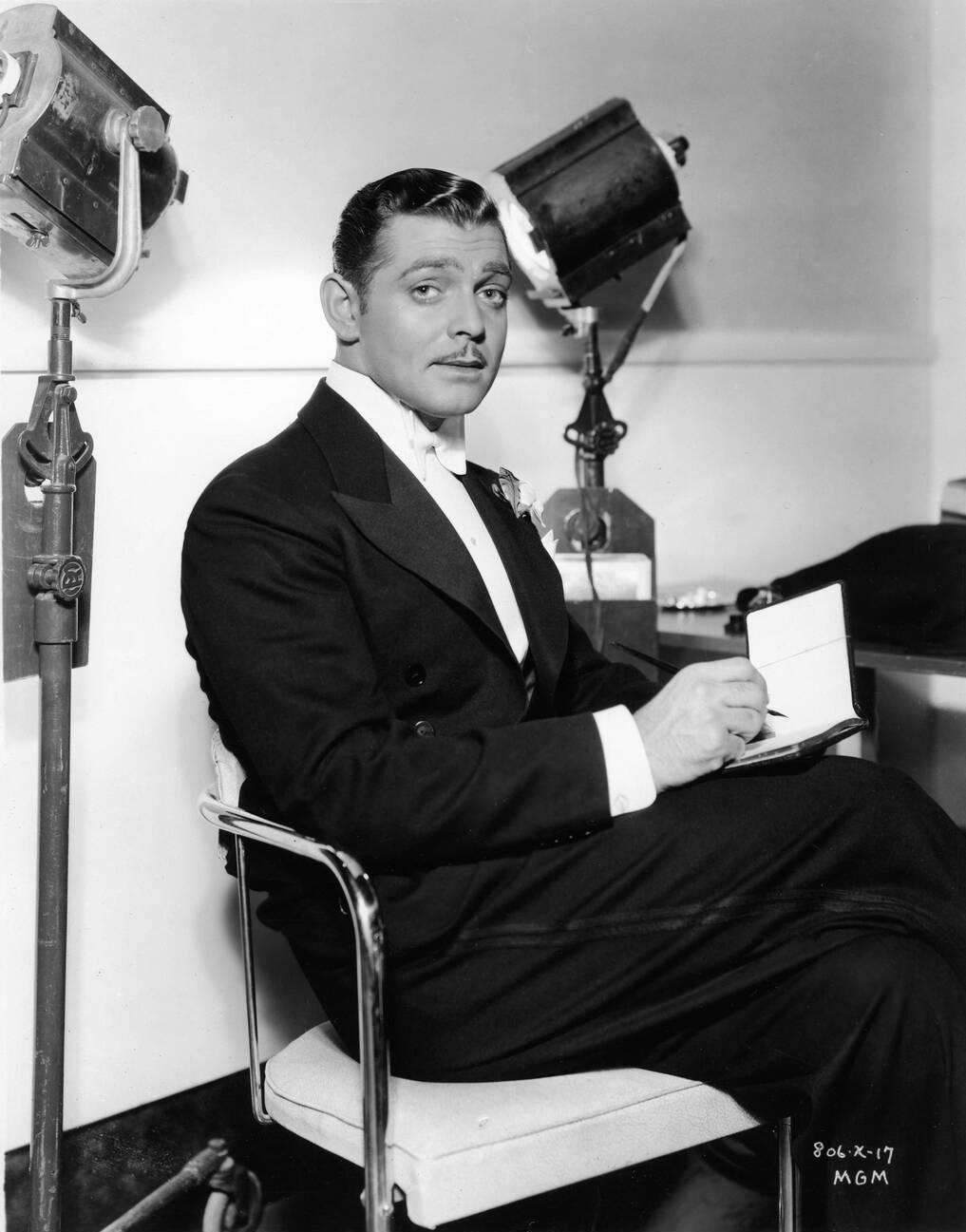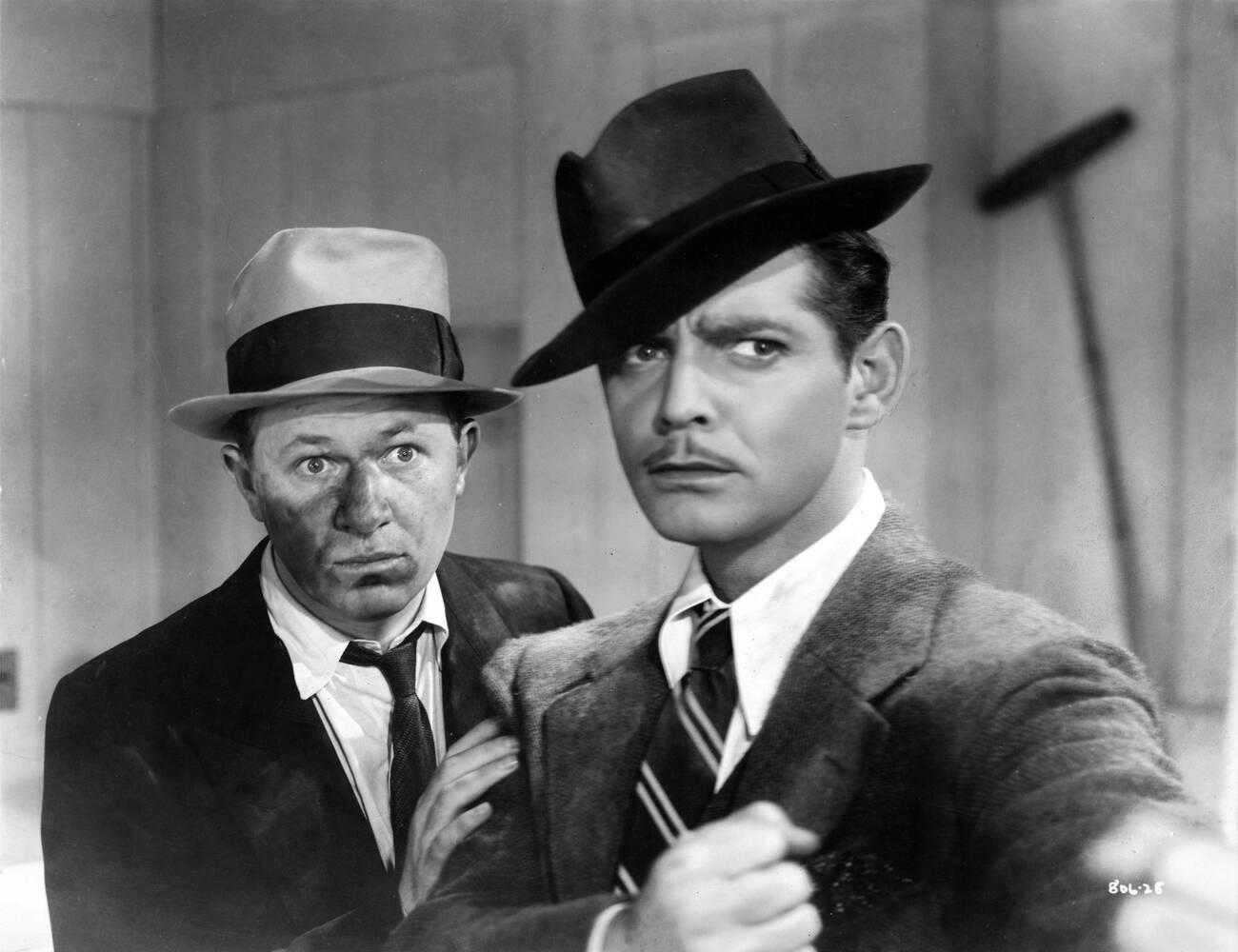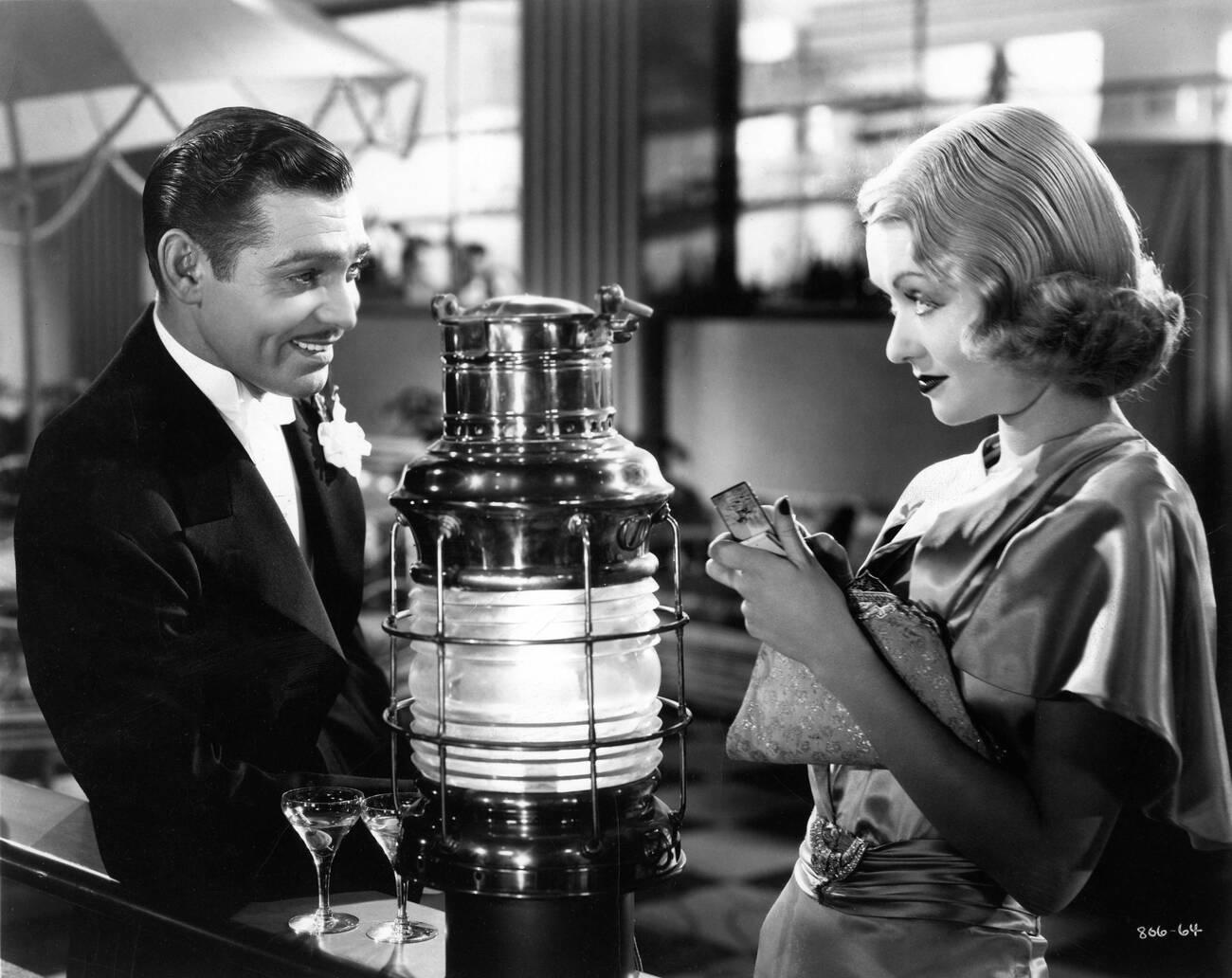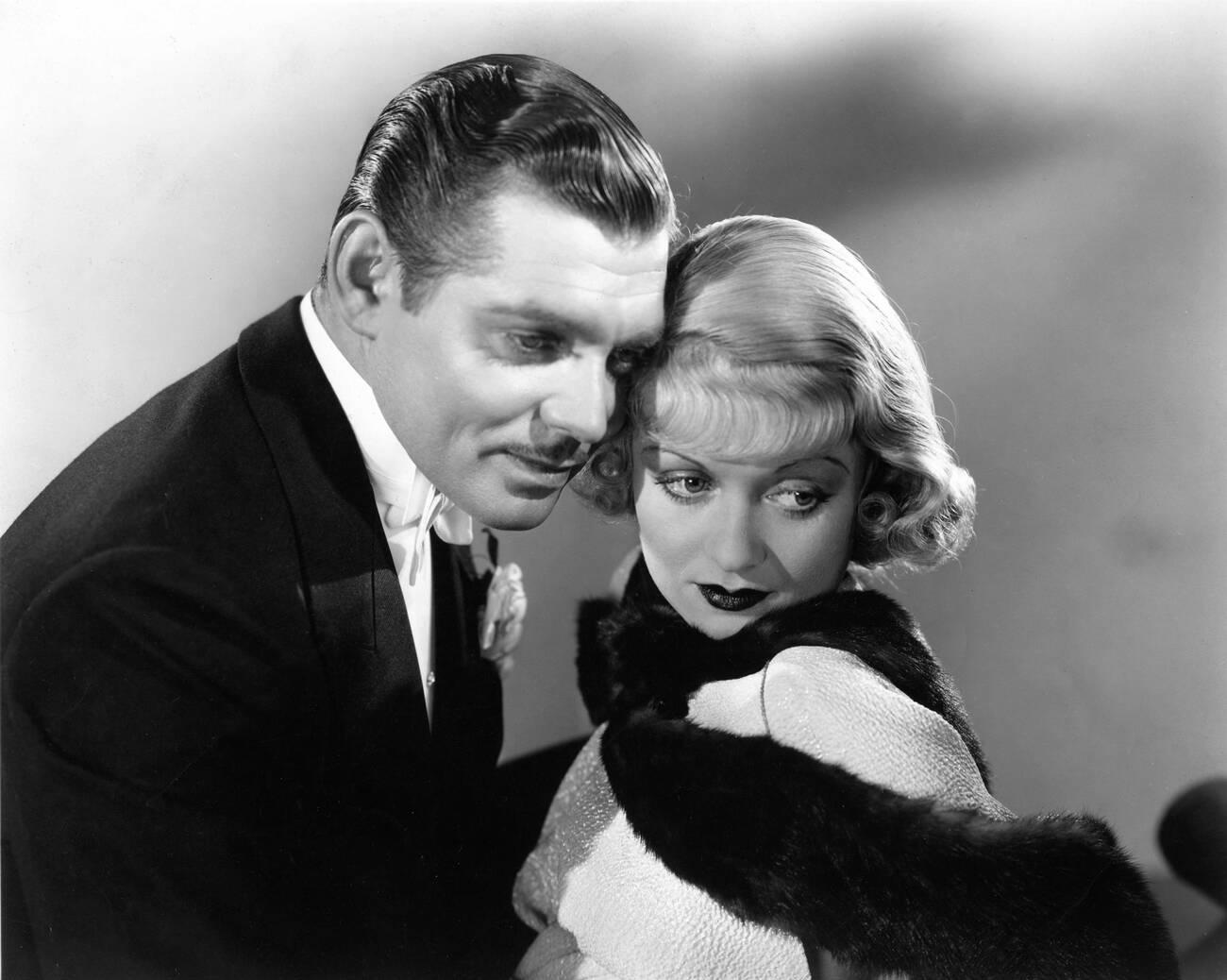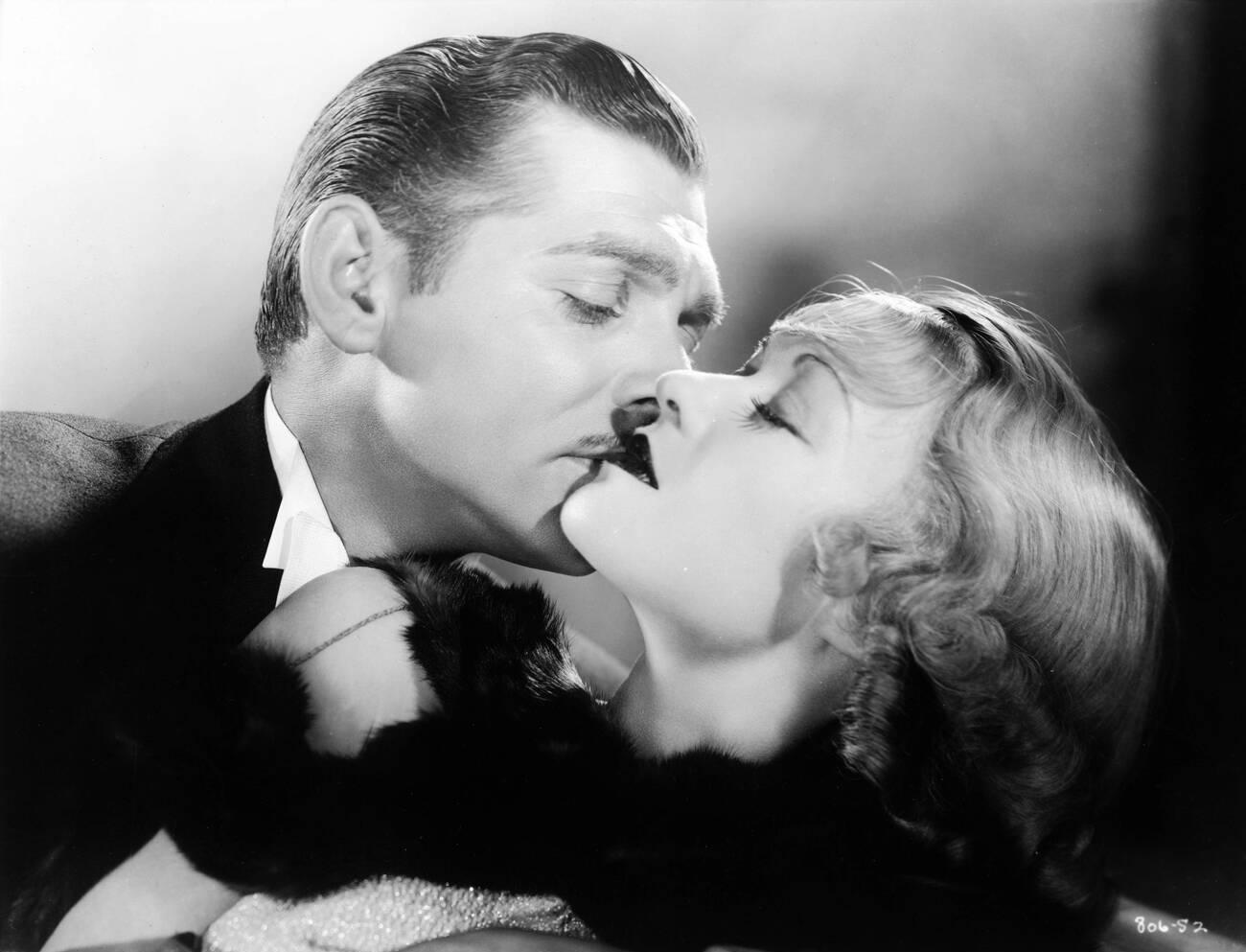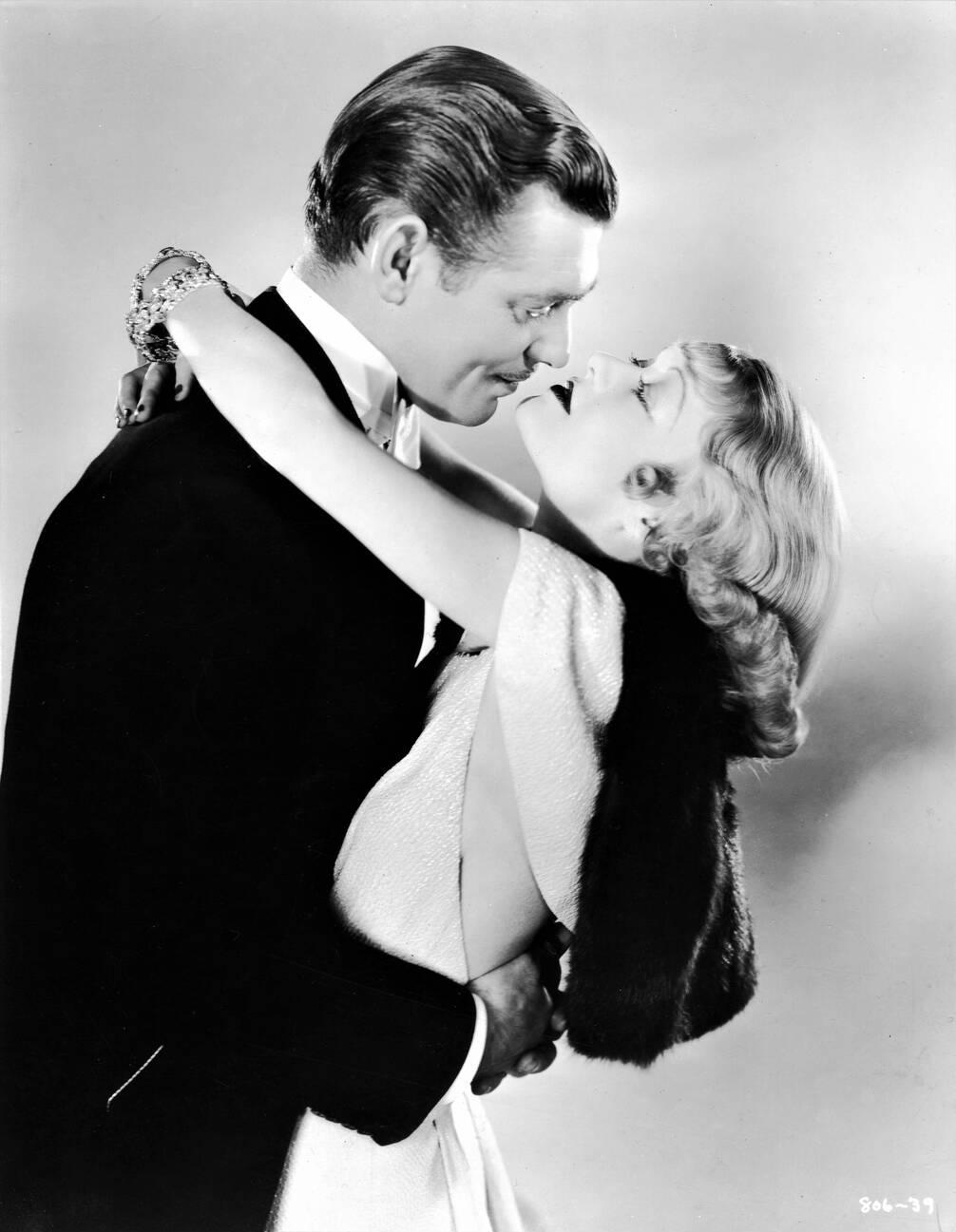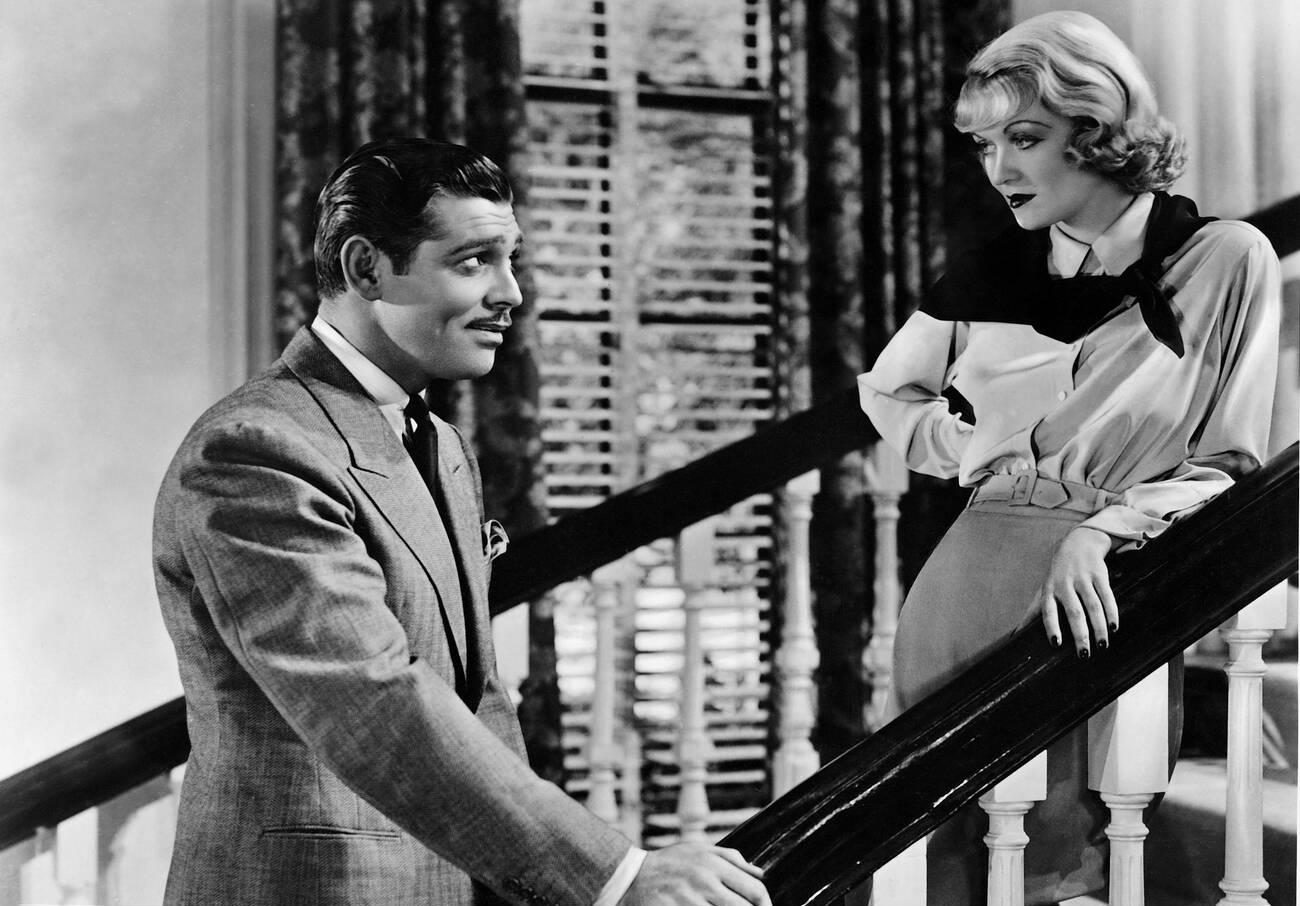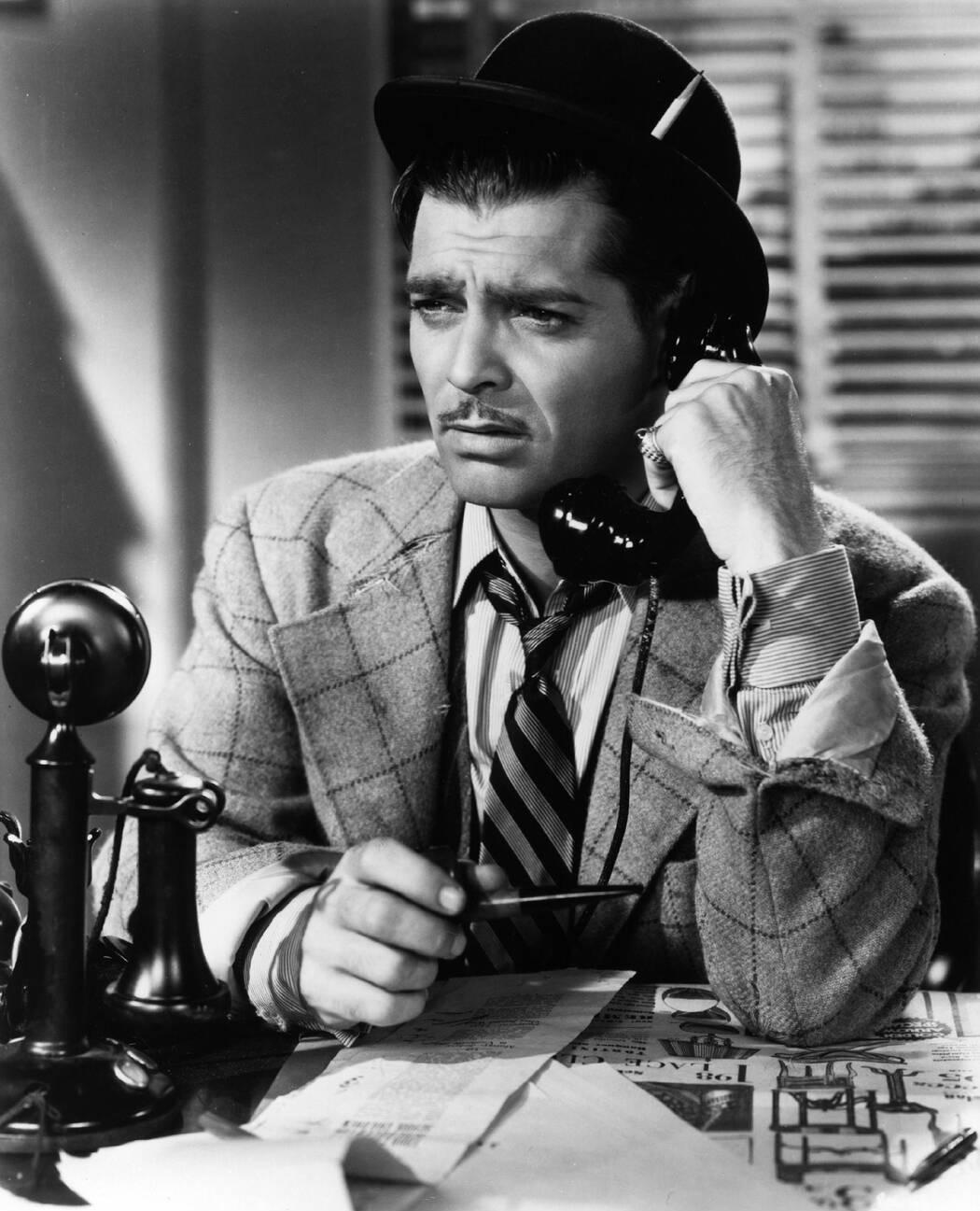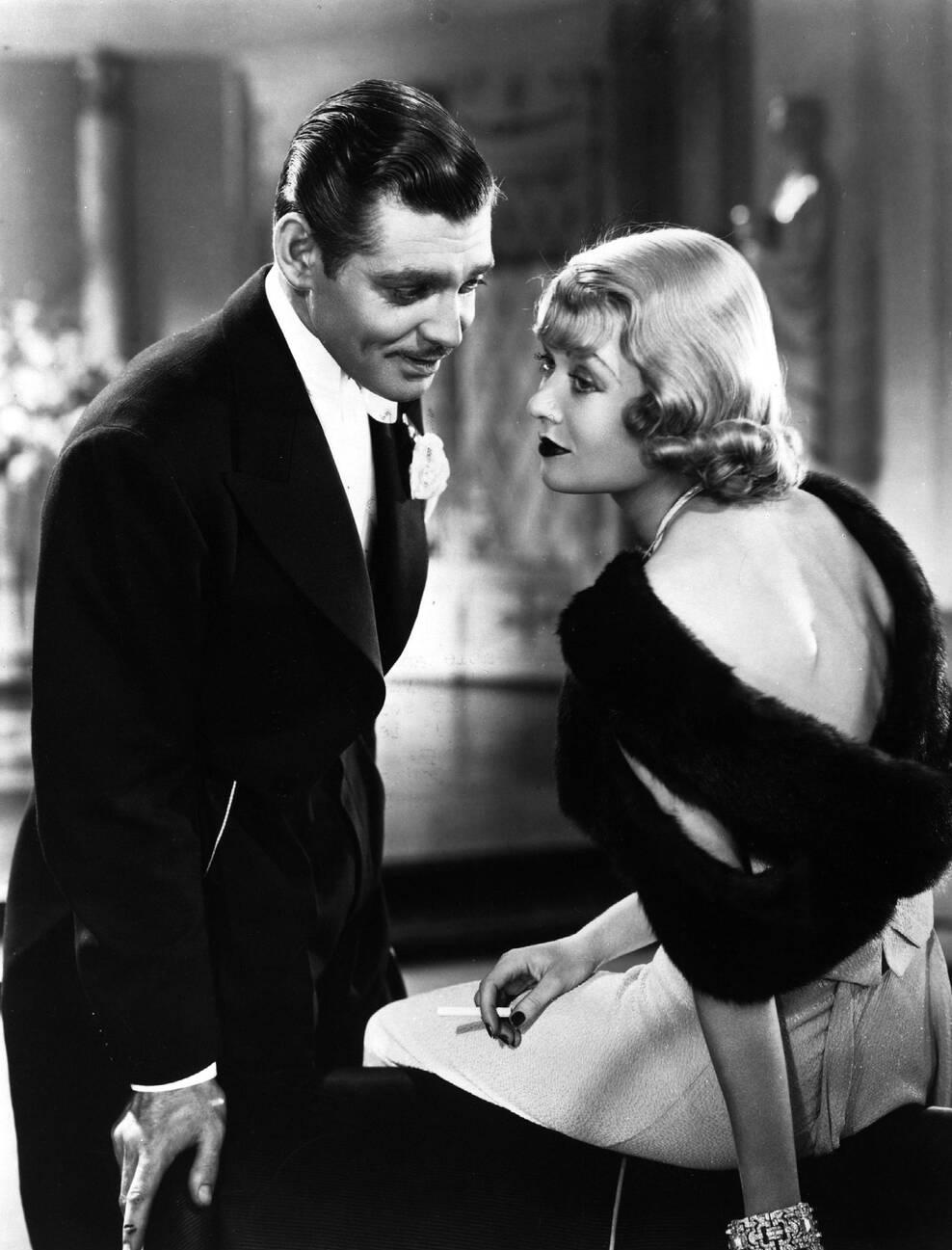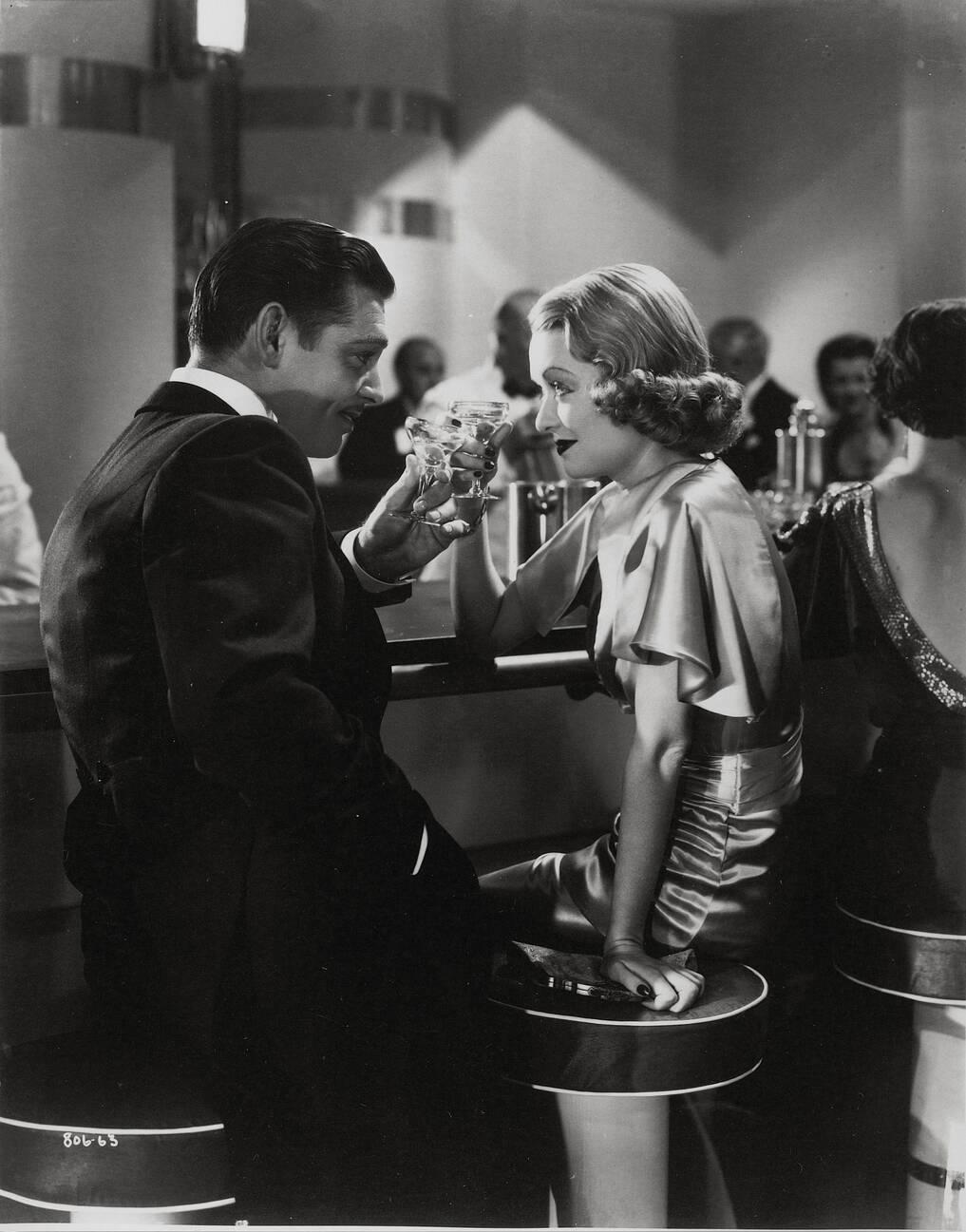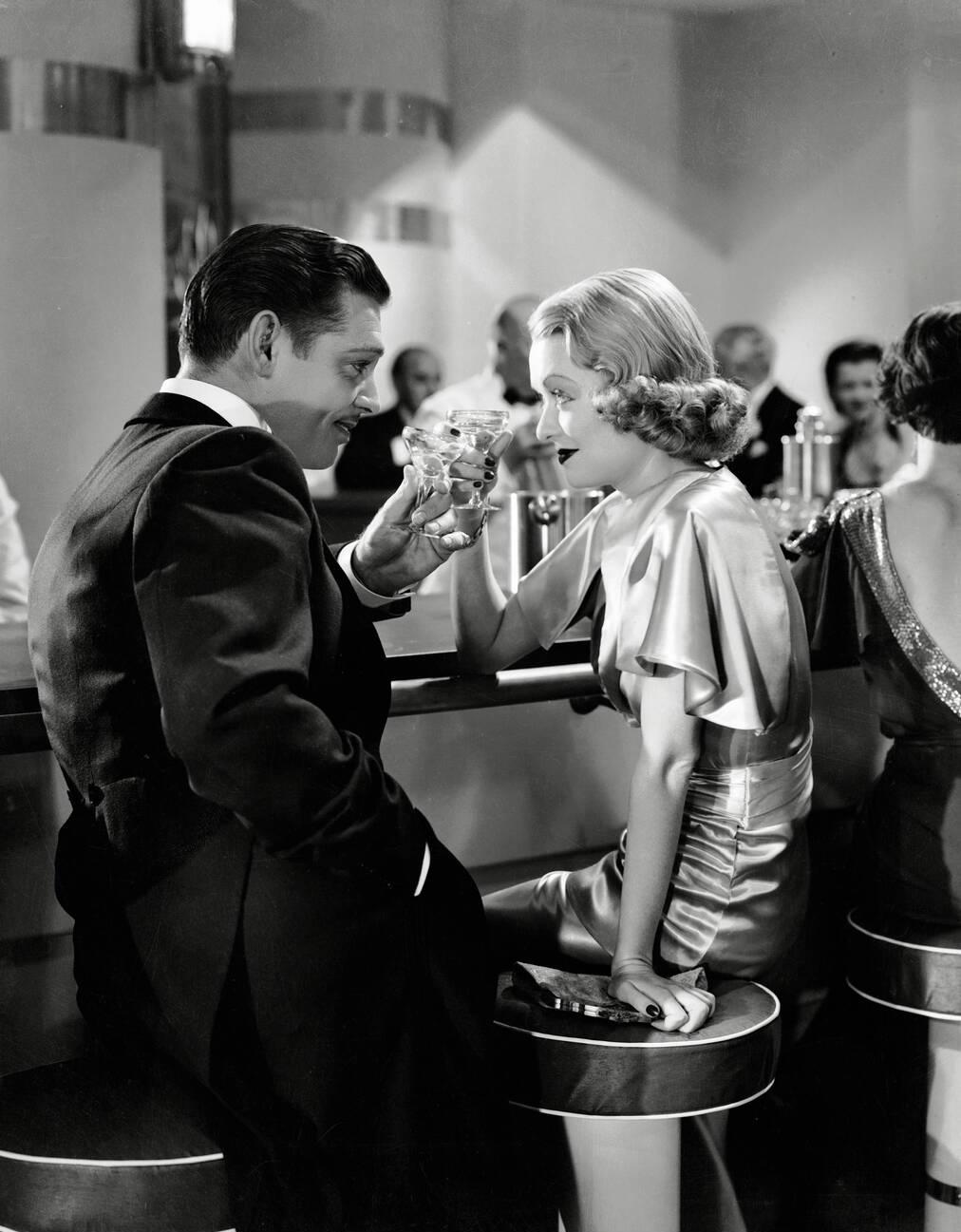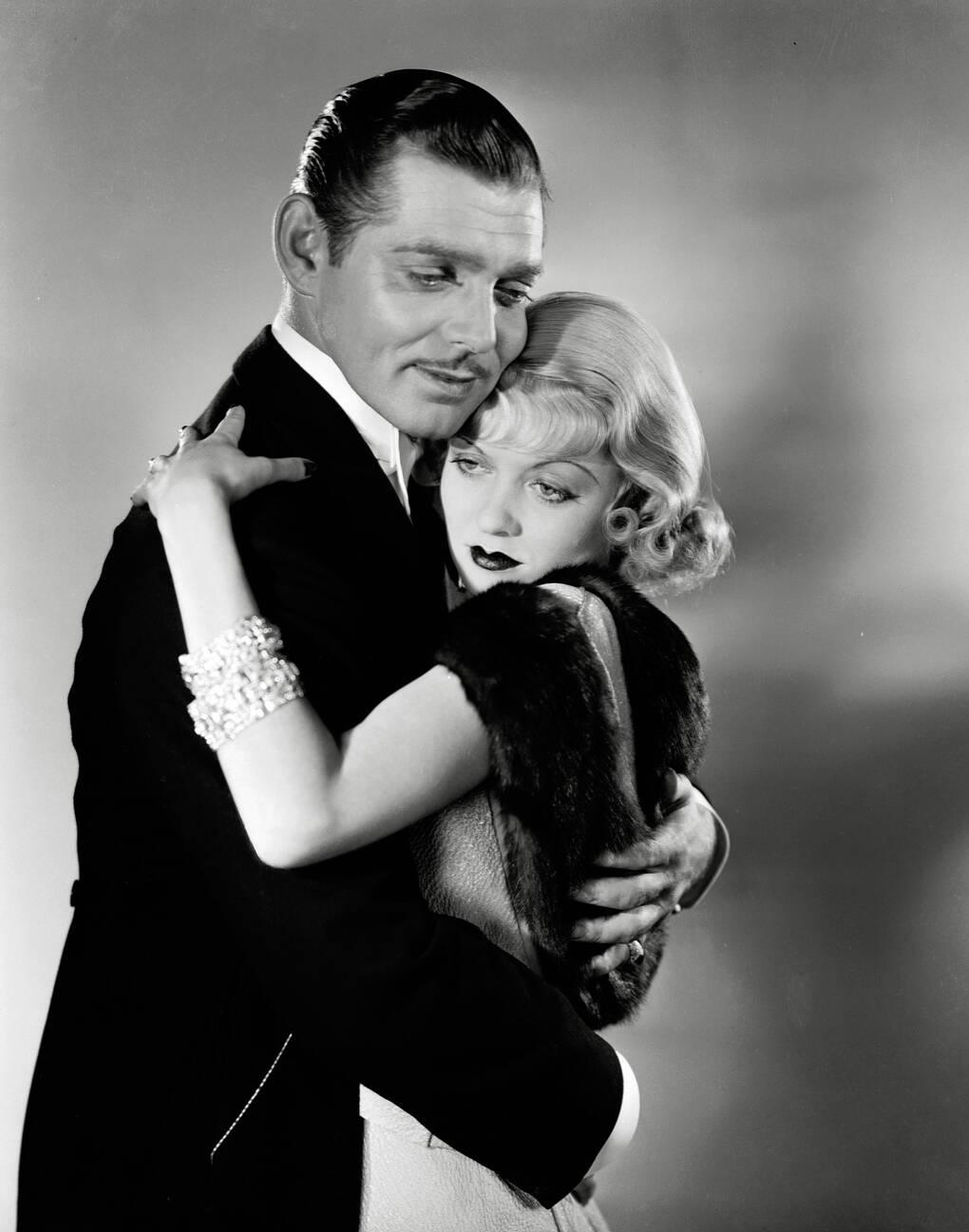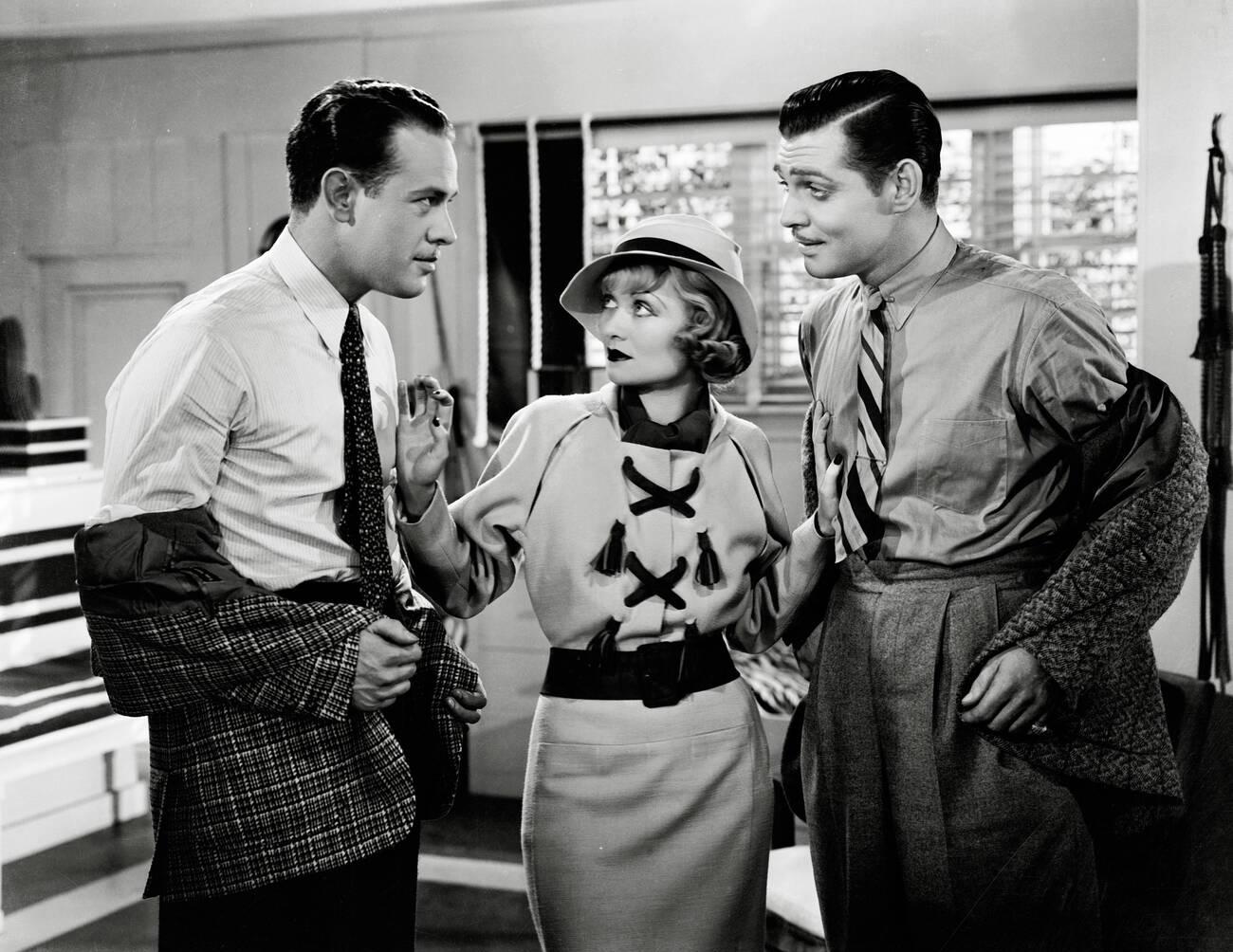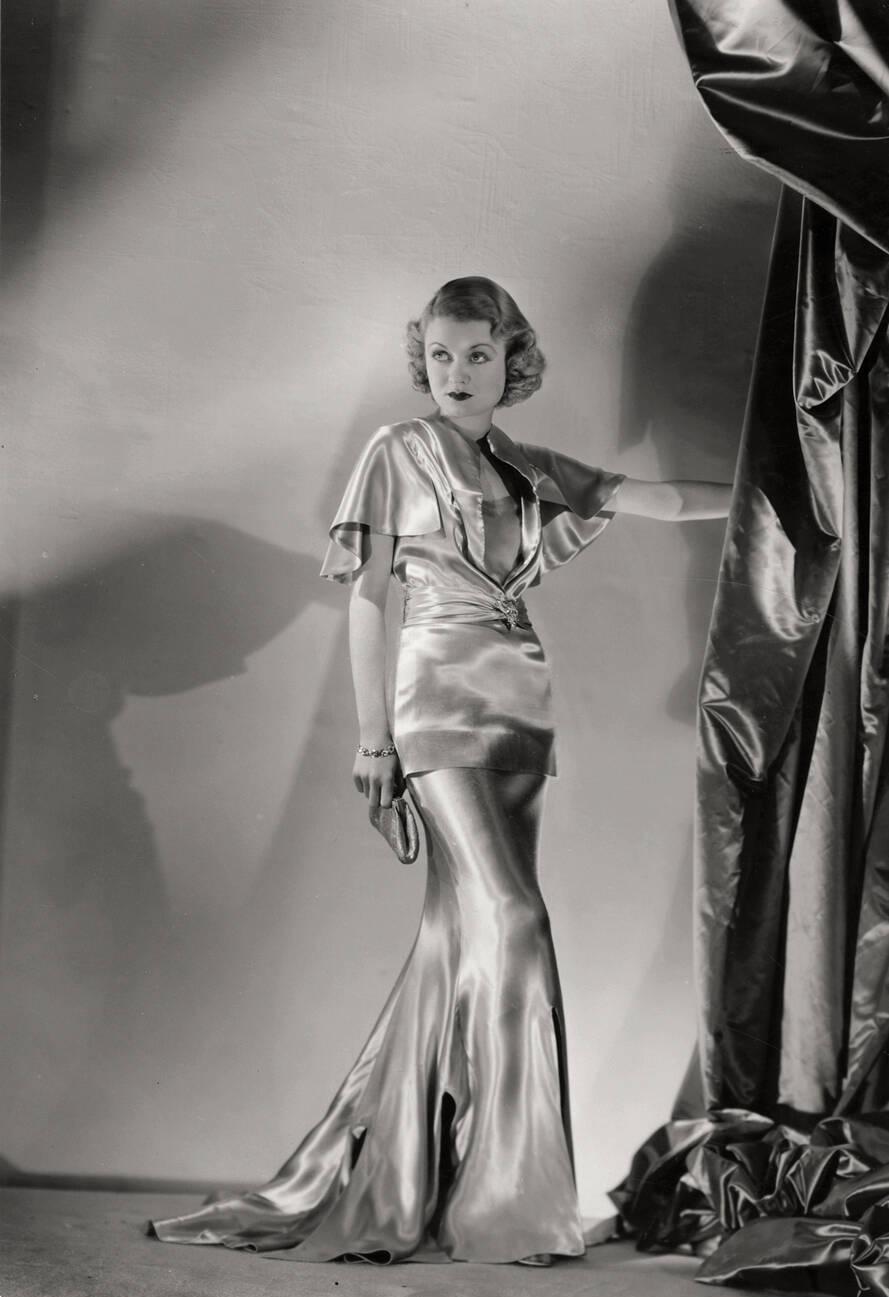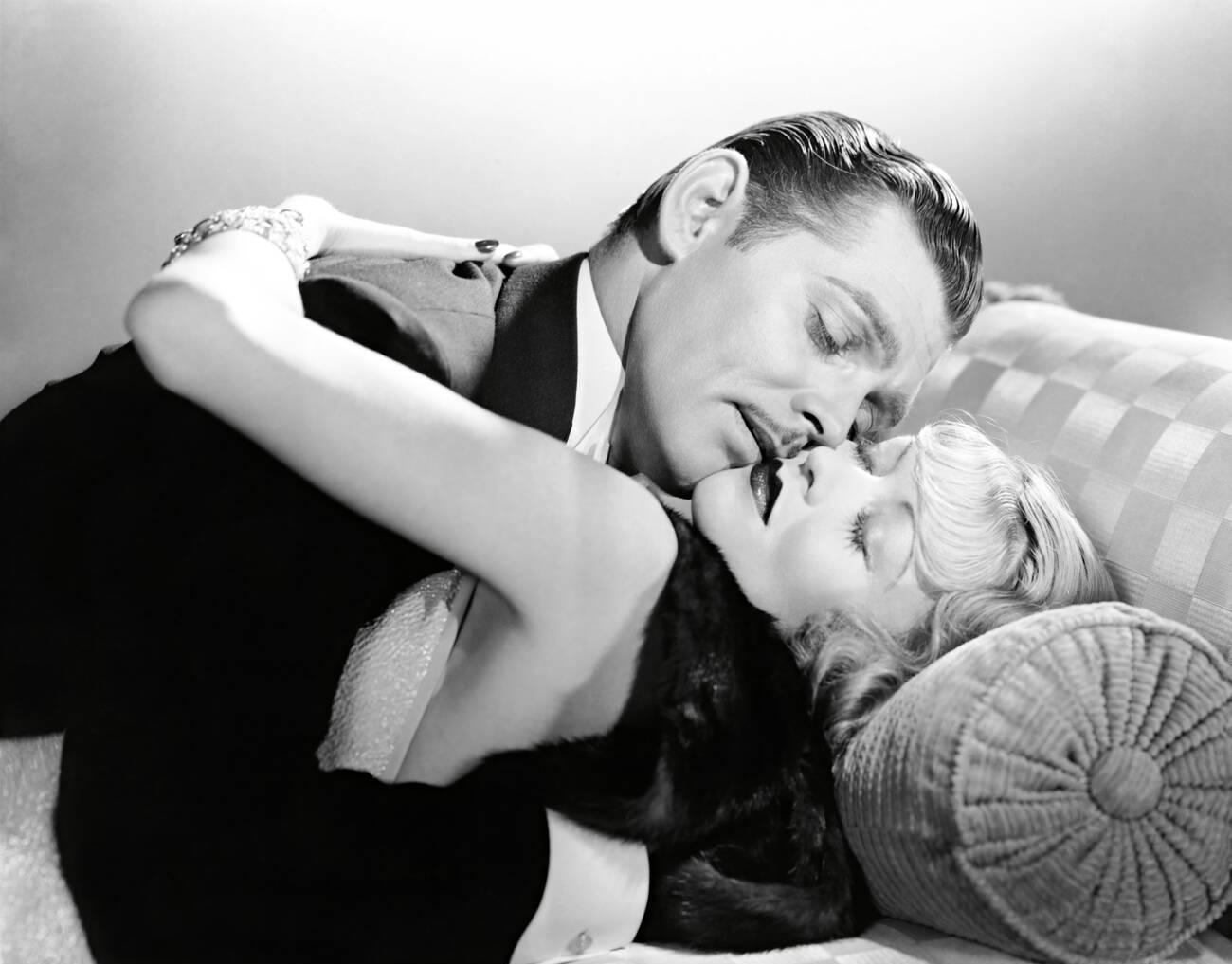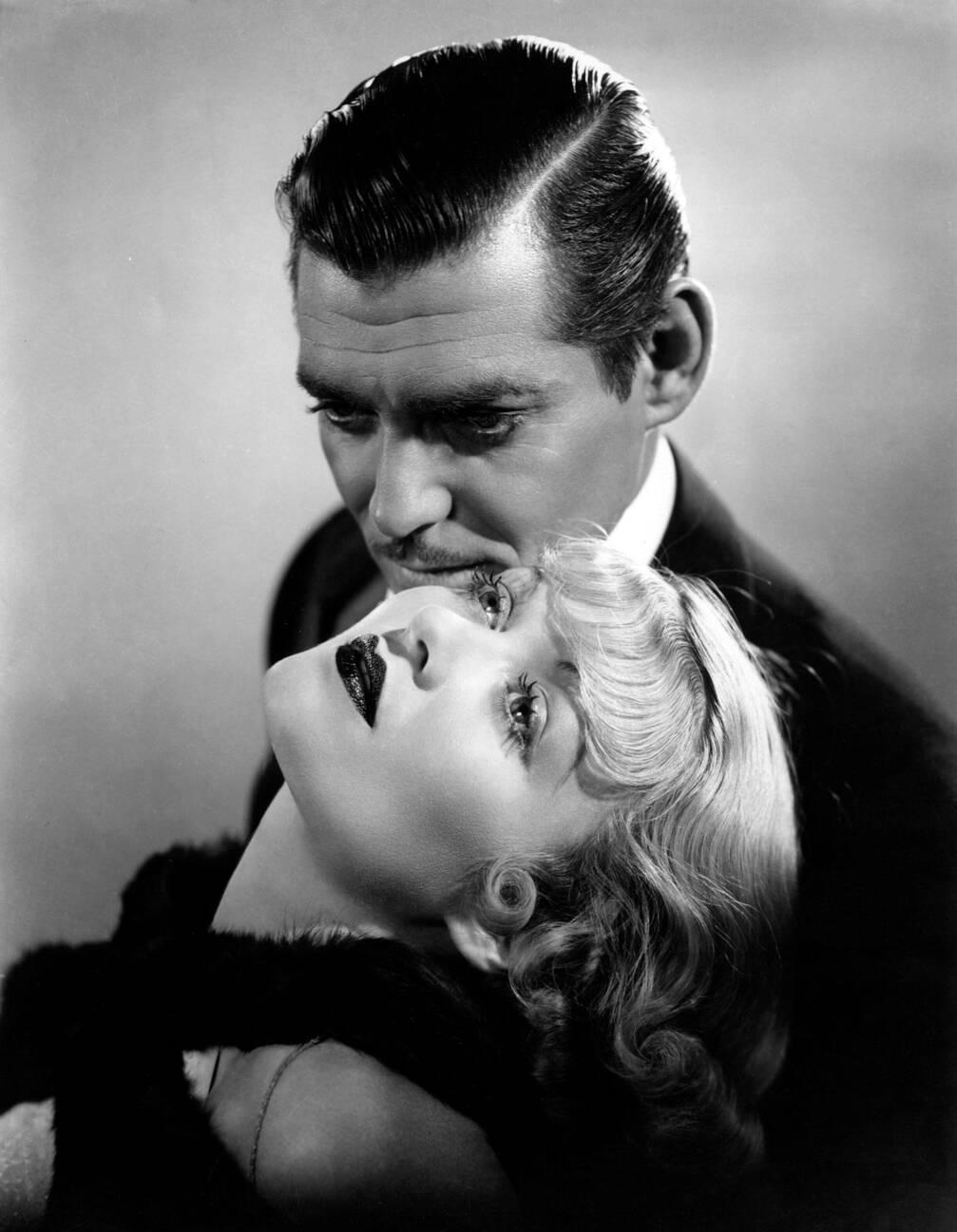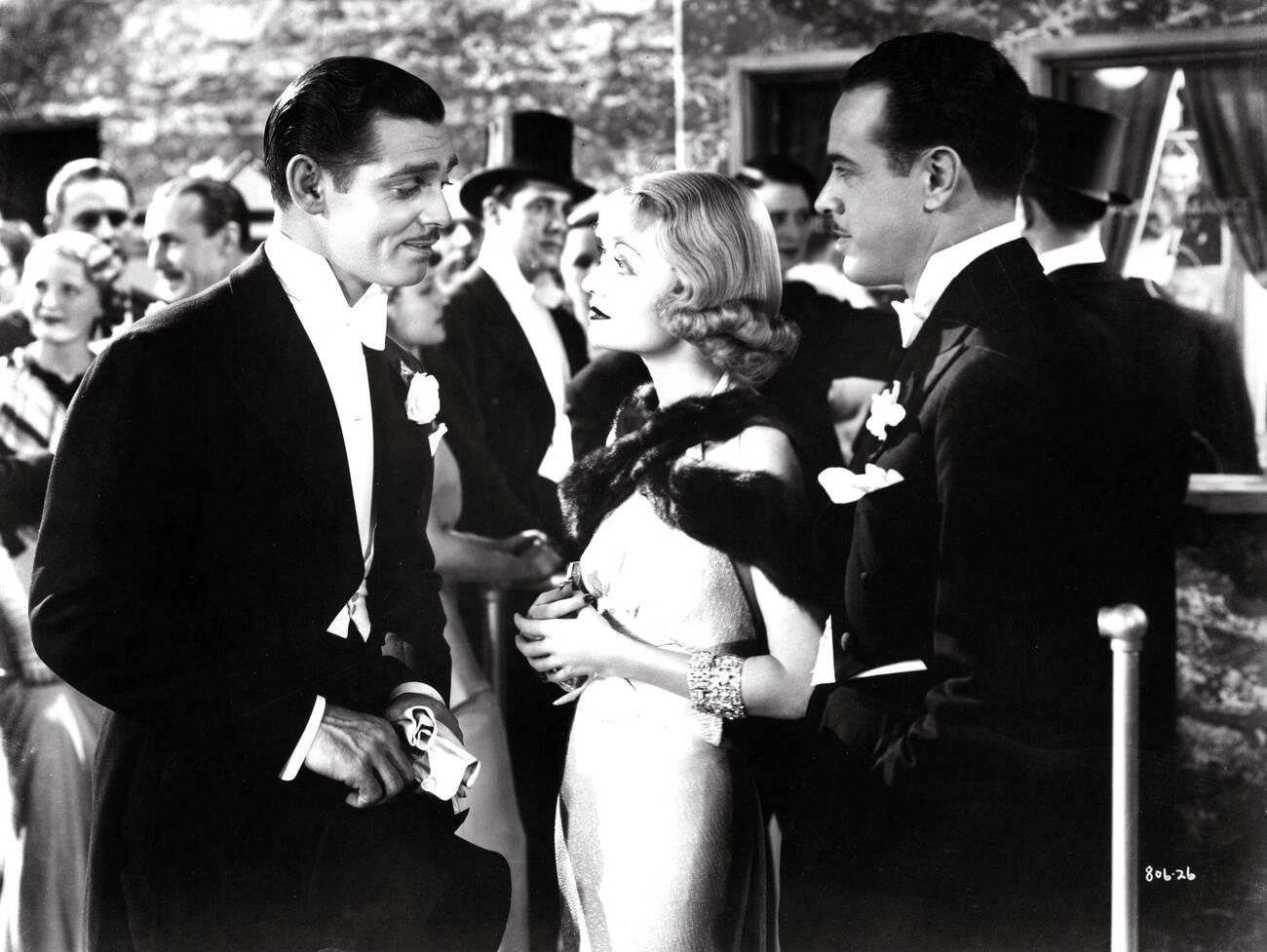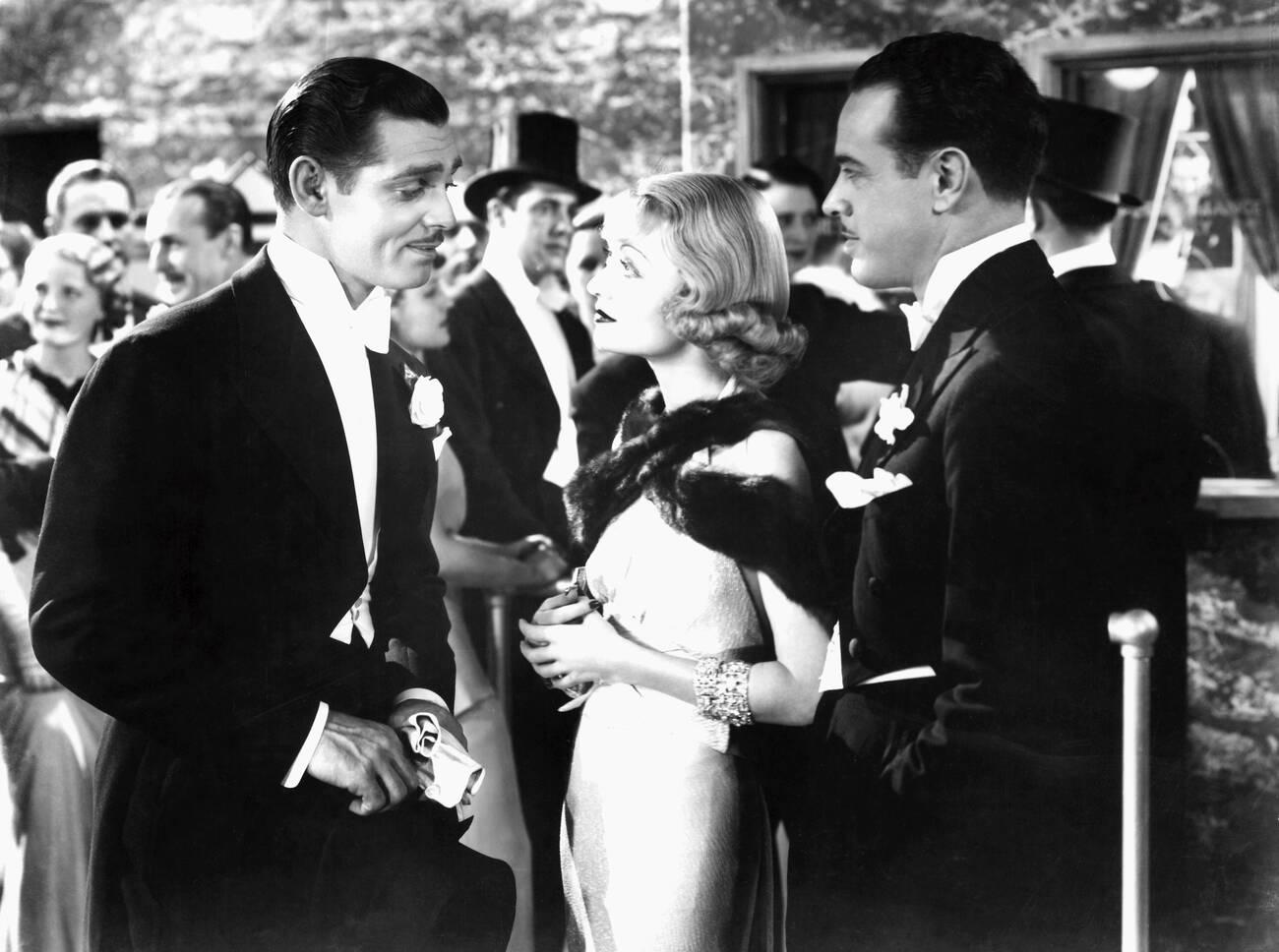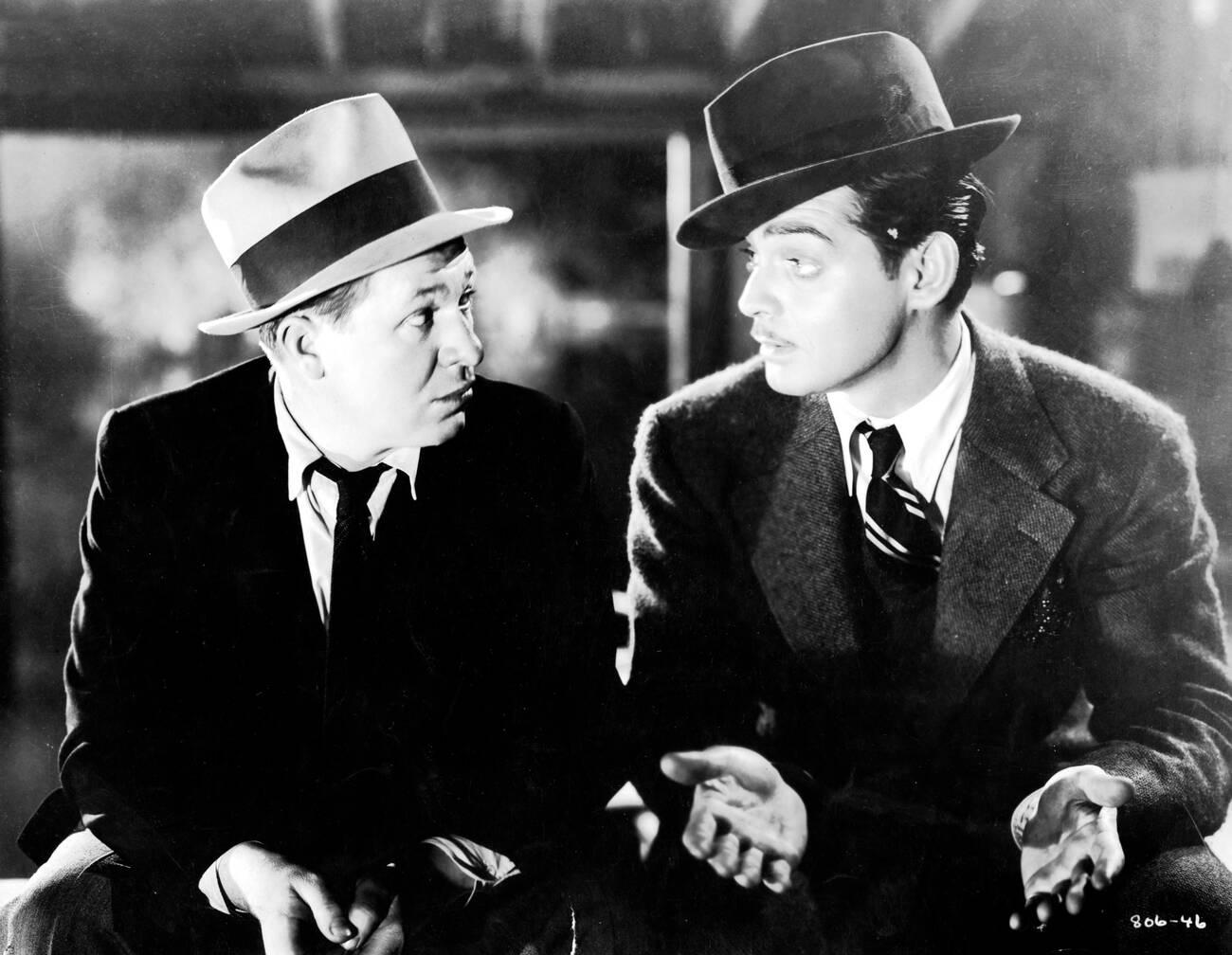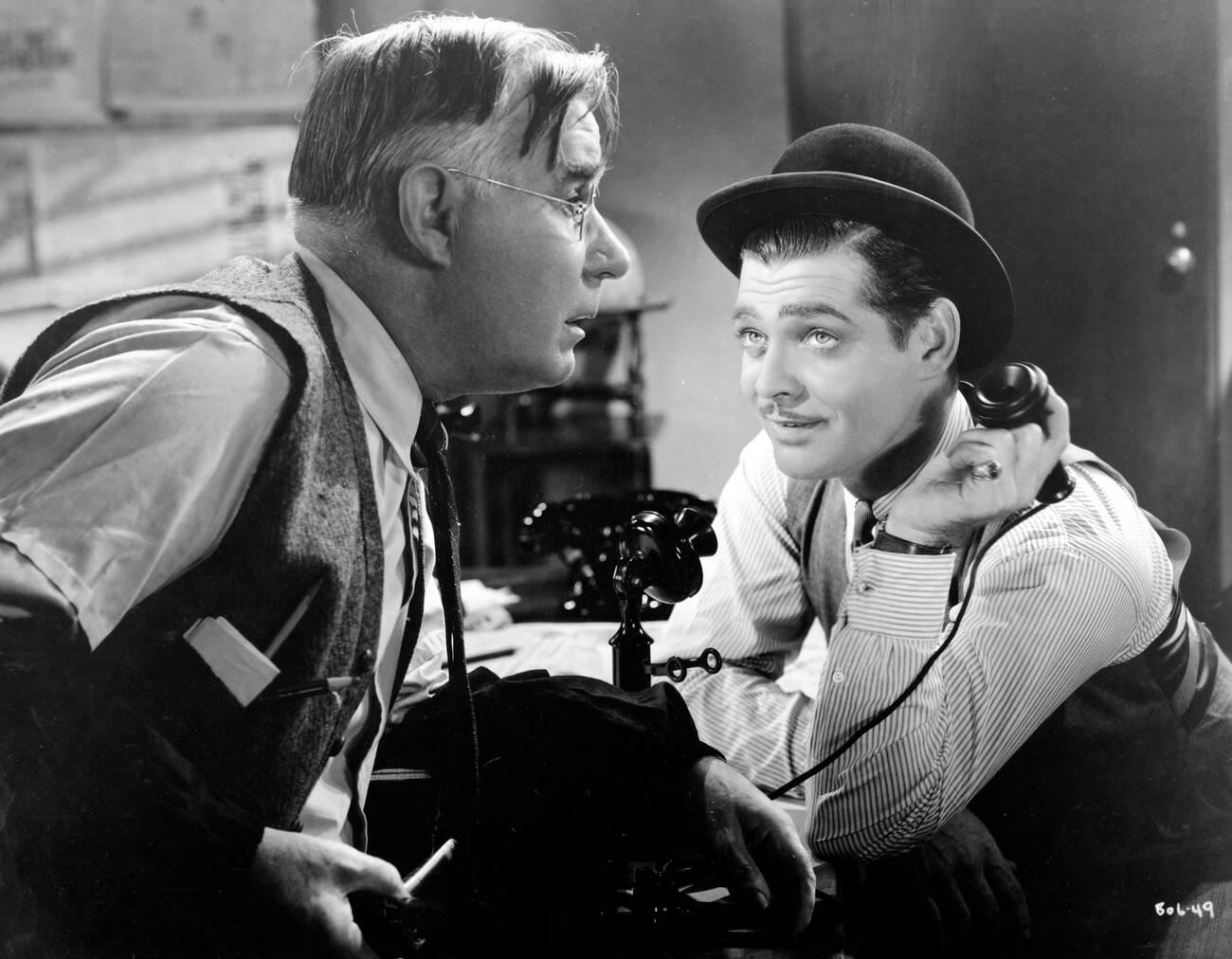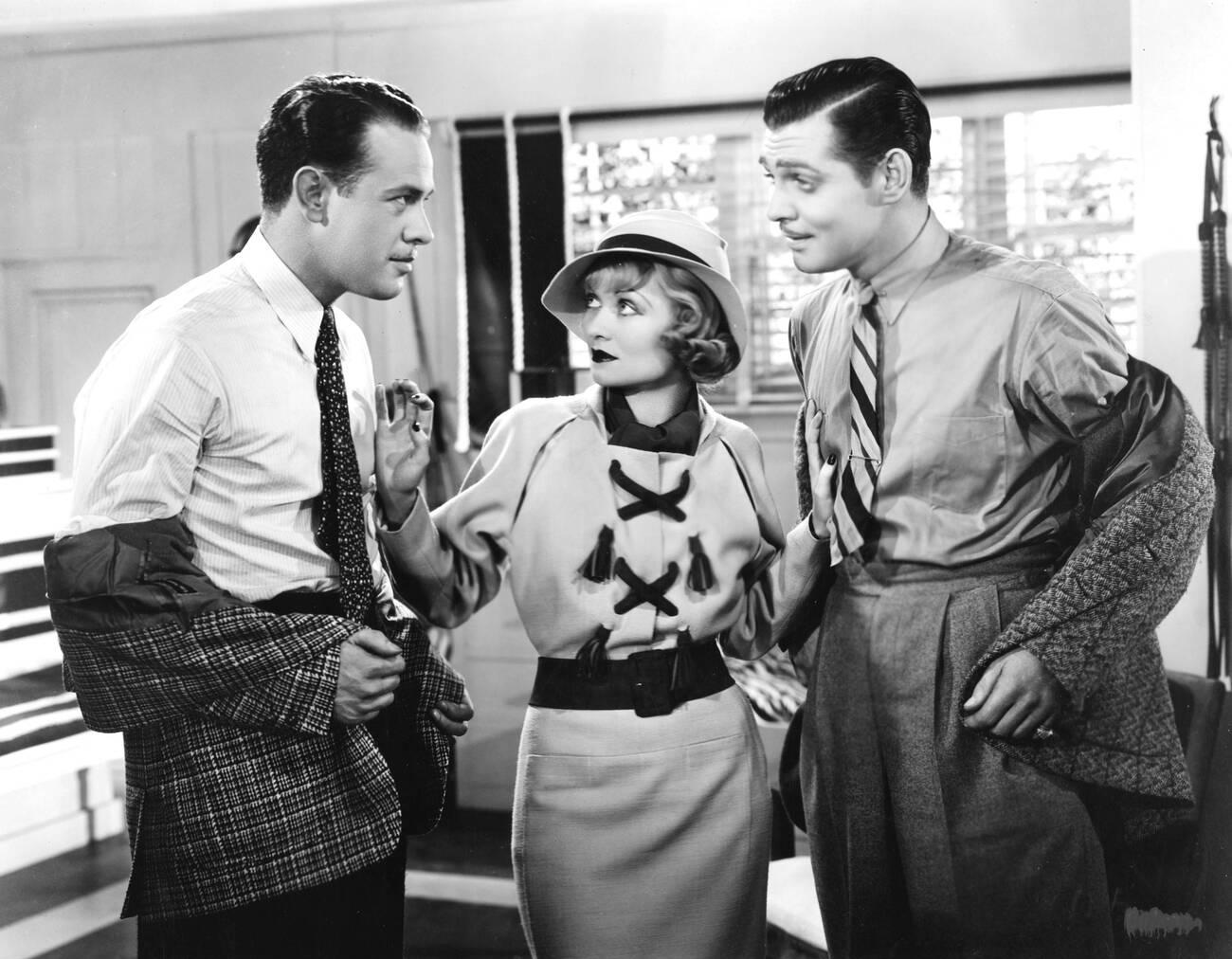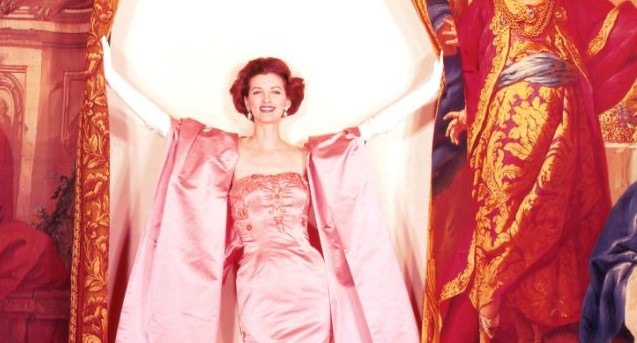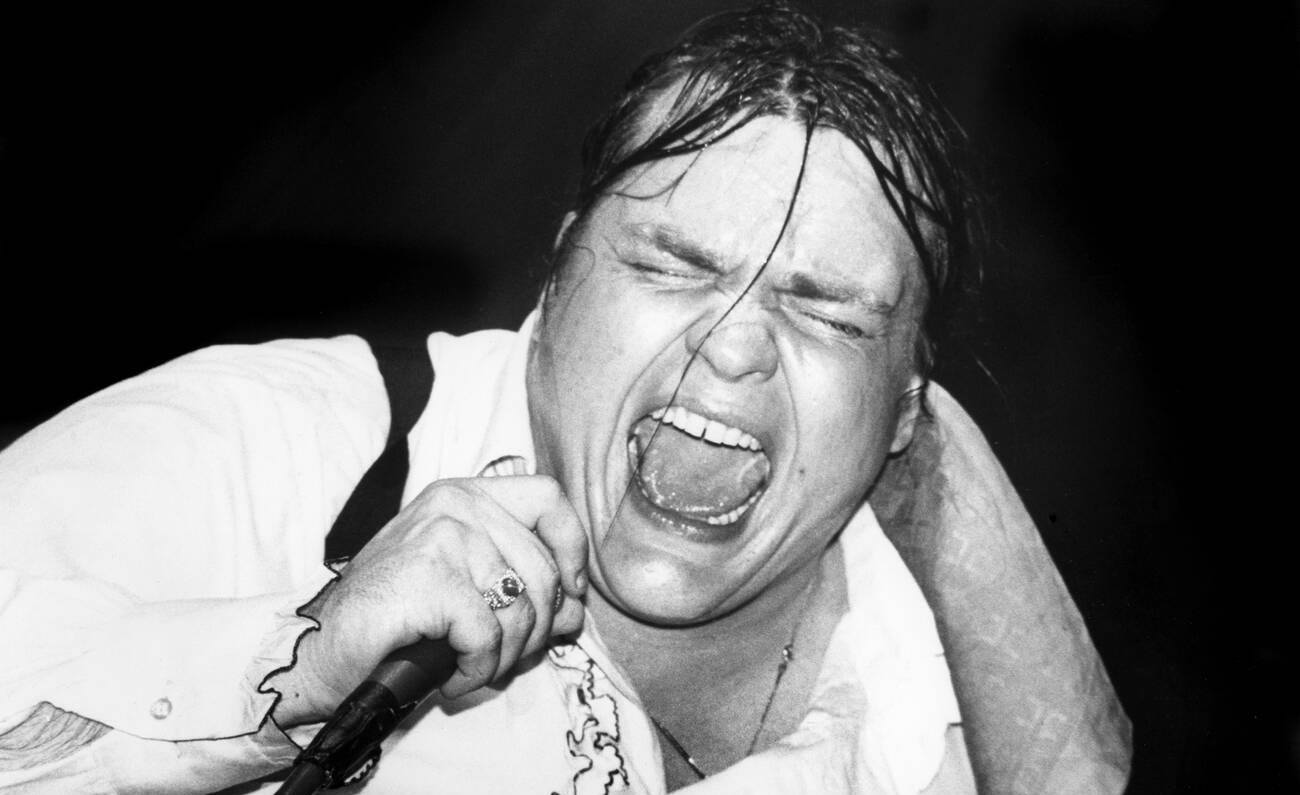The golden age of Hollywood, characterized by its glamorous stars, sophisticated storytelling, and burgeoning studio system, produced numerous gems that have stood the test of time. Among these is “After Office Hours” (1935), a film that masterfully blends elements of mystery, romance, and comedy, encapsulating the spirit of its era while showcasing the talents of its leading stars. Directed by Robert Z. Leonard and featuring Constance Bennett and Clark Gable in the leading roles, “After Office Hours” offers a glimpse into the complexities of love and crime in a narrative that is both engaging and entertaining.
The Plot
“After Office Hours” tells the story of Jim Branch (Clark Gable), a hard-nosed newspaper editor determined to uncover the truth behind the murder of a wealthy socialite. To infiltrate the upper echelons of society and gather information, he enlists the help of Sharon Norwood (Constance Bennett), a society columnist with aspirations of becoming a serious reporter. What begins as a professional arrangement soon blossoms into a complicated romance, as the duo navigates the dangers of their investigation and the intricacies of their growing feelings for one another.
The film’s plot cleverly intertwines the elements of a classic whodunit with the nuances of a romantic comedy, creating a narrative that is both suspenseful and heartwarming. As Jim and Sharon delve deeper into the mystery, they encounter a cast of colorful characters, each with their own secrets and motivations, making the journey to the truth as entertaining as it is perilous.
The Cast and Performances
Clark Gable, known as “The King of Hollywood,” brings his trademark charm and intensity to the role of Jim Branch. Gable’s performance is both dynamic and nuanced, capturing the determination of a man on a mission while also revealing the vulnerability beneath his tough exterior. Opposite Gable, Constance Bennett shines as Sharon Norwood, providing a strong and intelligent counterpoint to Gable’s character. Bennett’s portrayal of Sharon is both spirited and sophisticated, embodying the ambitions and dilemmas of a woman striving for professional recognition in a male-dominated world.
Direction and Production
Directed by Robert Z. Leonard, “After Office Hours” benefits from his experienced hand at navigating the film’s dual genres. Leonard, a versatile director whose career spanned several decades in Hollywood, manages to balance the suspenseful elements of the mystery with the light-hearted moments of romance and comedy, creating a cohesive and engaging film.
The production values of “After Office Hours” reflect the high standards of MGM studios during the 1930s. From the elegant costumes and sets that evoke the opulence of high society to the crisp black-and-white cinematography that adds a layer of sophistication to the film, every aspect of the production contributes to its overall quality and charm.


